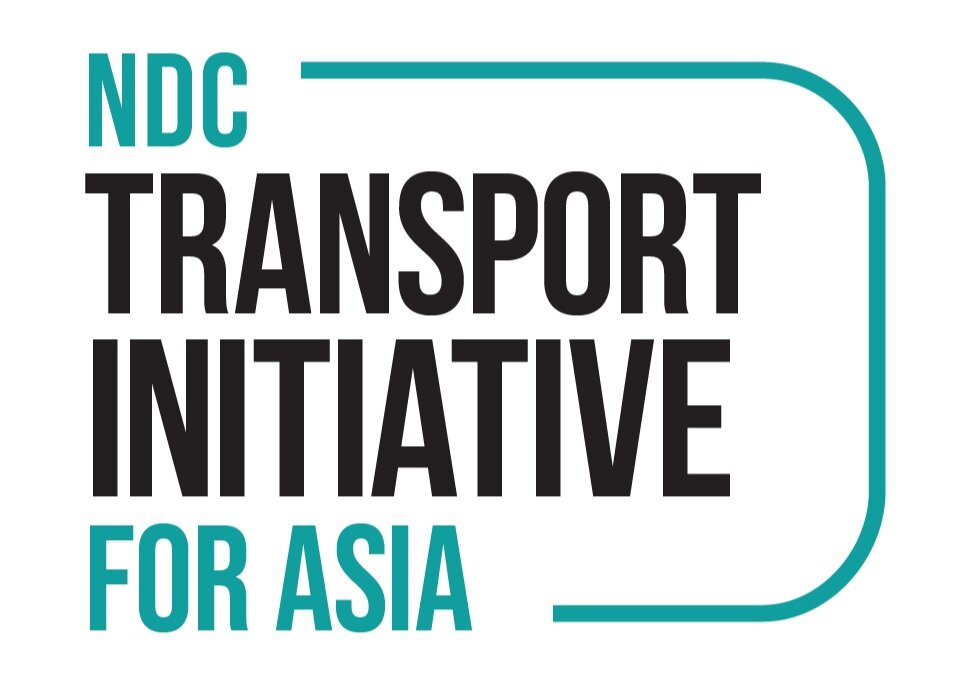Driving Change: Empowering Women in the Urban Transport Workforce
It is no secret that women are severely underrepresented in the mobility sector, comprising only 17% of the transport workforce across 46 countries in Asia, Africa, Europe, Latin, and North America. Generally, women are better represented in roles such as administration and sales, as the sector is perceived to be an unfriendly workplace for women, especially frontline workers like drivers.
However, in many low to lower-middle-income economies, driving represents an opportunity for women to join the workforce. It is an attractive proposition for women, as it provides flexible working hours and control over the locations they work in. This flexibility is invaluable, allowing women to fulfill their caregiving responsibilities, which take up a significant percentage of their time. On average, women in Asia and the Pacific spend 4.1 times more time in unpaid care work than men.
Nevertheless, pervasive gendered notions that women are poor drivers discourage women from taking up driving as a profession. This is exacerbated by societal norms, which deem driving as men’s work. Additionally, the lack of basic facilities such as toilets, resting areas, adequate lighting in parking areas, and the fear of harassment from male colleagues and passengers deter women from this profession.
One of the biggest impediments, however, is the financial barriers and lengthy institutional processes involved in acquiring and registering vehicles and obtaining a driver's license. Navigating these processes is a challenging and often intimidating task, made more difficult by a lack of awareness of related policies and programs that could benefit women drivers. While the advent of technology has increased access to information-be it about helplines, government policies, or financial institutions, women from low-income backgrounds/communities are less likely to own mobile phones and know how to operate them.
Globally and in Asia, many policies and programs have been implemented to create inclusive workforces in the transport sector. However, addressing deep-rooted gender biases requires concerted efforts to change social norms, both in the workplace and at home, to ensure women's equal participation in the sector. Awareness and behavior change programs are essential to shifting the mindsets of male colleagues and society at large. These can be implemented at the institutional and societal levels with behavior change programs and social media campaigns.
To ensure the safety of women drivers, measures, such as emergency response buttons in the vehicle or helplines that connect to a control room, should be provided. Clear guidelines on using these services must be provided to women drivers, and periodic maintenance checks must ensure these services are always fully functional. Gender-sensitive vehicle design and infrastructure, such as well-lit dedicated parking and electric vehicle charging areas with toilets and separate rest facilities, can increase comfort and perception of safety for women drivers.
Ride-hailing platforms or cab services can provide training to women drivers. For instance, GoPink Cabs in Bengaluru, India, has tied up with a driving school that provides training and know-how to handle basic breakdowns. They also provide self-defense classes to women drivers to boost safety.
Similarly, ride-hailing app Grab, in Indonesia, runs anti-sexual harassment training programs for all drivers and has implemented a LadyGrab program through which women can work for GrabFood, its food delivery service, which is comparatively low-contact and reduces chances of harassment.
In India, the Azad Foundation worked with the Delhi Transport Corporation to relax hiring criteria for women bus drivers, such as waiving the requirement for a Heavy Motor Vehicle license and age criteria. Similarly, the Maharashtra State Road Transport Corporation introduced a 30% quota for women drivers. However, as most women did not meet their minimum height criteria, they amended the height requirement to 153cm from 160cm, allowing 163 women drivers to join.
Financing remains the biggest hurdle for most aspiring women drivers. Organisations like SMV Green Solutions can assist women in accessing loans from formal financial institutions and guide them through acquiring licenses, insurance, and registration. However, many institutional challenges exist, underscoring the need to apply a gender lens to governmental and organizational policies in the transport and financing sector to encourage more women drivers.
Networks such as the Women on the Move Asia, and the Mujeres en Movimento can help connect women in the transport sector and allow them to support each other. Such networks can help spread awareness about women drivers' challenges and advocate for change. Mentorship programs aimed at young women in transport can ensure gender sensitisation and representation at managerial and operational levels in the transport sector, leading to gender-informed policies and programs, and gender-positive change at the institutional level.
Women drivers are a symbol of economic and social empowerment. They are also an essential part of the broader restructuring of the transport sector to facilitate not only mobility but also to attain sustainable development goals of equity and inclusion. While significant challenges exist in mainstreaming women drivers into the transport workforce, measures can be implemented at all levels to ensure an inclusive transition.
Authors: Rithvika Rajiv (Safetipin) and Shriya Raina (Safetipin)

